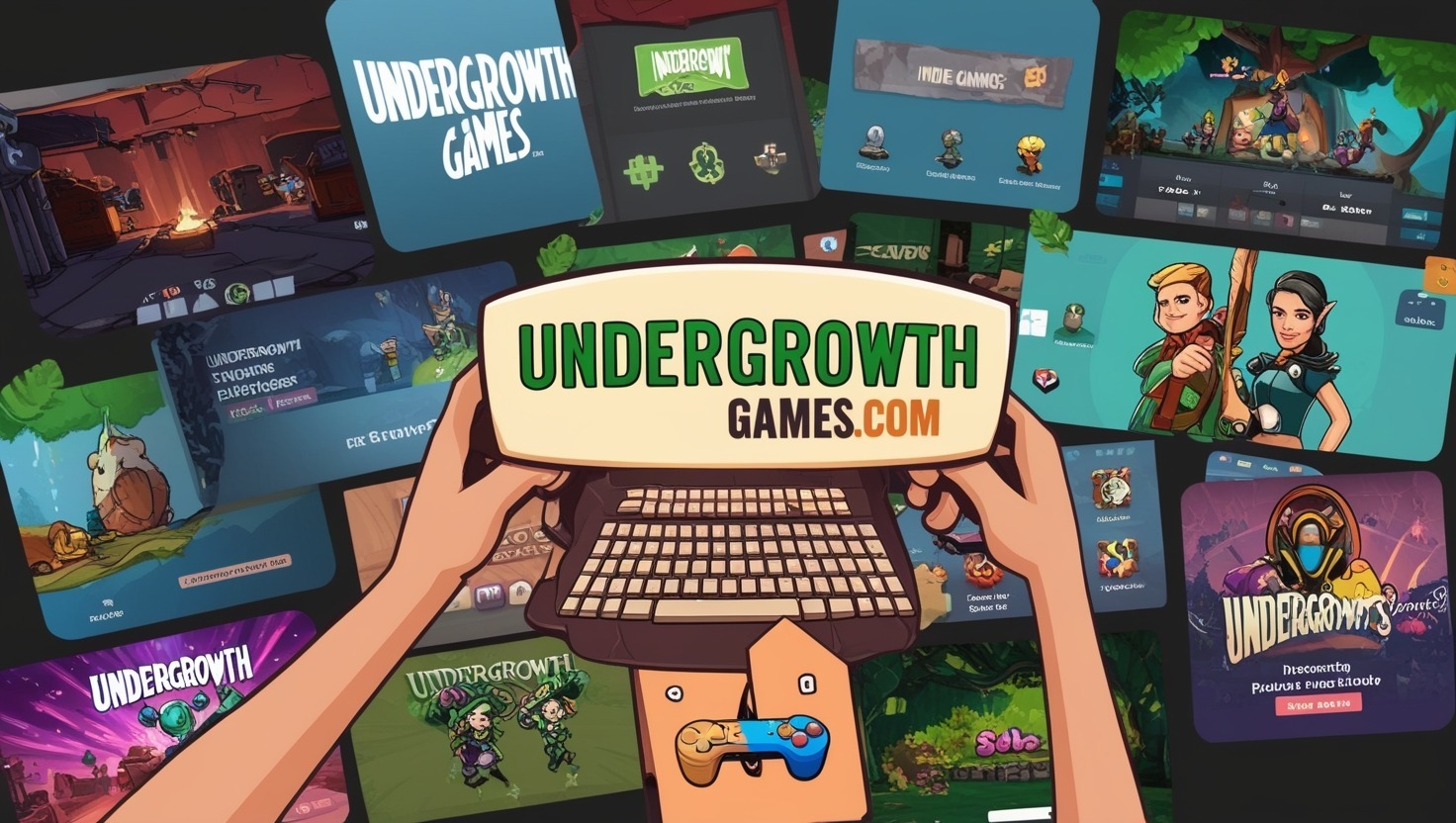In an era where video games strive to break the boundaries of storytelling and strategic depth, the Wegild game stands out by offering an experience steeped in history and medieval justice. By simulating ancient laws and retribution practices, this game provides a window into a world where balance, negotiation, and societal roles dictated survival and honor. Here’s a deep dive into what makes this game not only engaging but also an educational glimpse into a long-gone epoch.
The Historical Context of Wegild
The term “Wegild” originates from Old English, meaning “man price.” This concept was central to early Germanic law and was essentially a compensation paid by a perpetrator to the family of the injured or deceased. By embodying these ideas, the Wegild game weaves historical authenticity into its core mechanics.
The game’s name hints at its unique approach: blending strategy, negotiation, and lore to recreate the dynamics of medieval justice systems. Players are not just strategizing for victory but navigating an intricate web of relationships, hierarchies, and social rules.
The Core Mechanics of the Wegild Game
At its essence, the Wegild game simulates the power plays and negotiations involved in medieval legal settlements. The main gameplay loop revolves around managing relationships, accumulating resources, and making strategic decisions with long-term impacts.
Gameplay Elements Include:
- Resource Management: Players gather and allocate resources that serve as ‘compensation funds’ for resolving disputes.
- Reputation System: Choices affect not only immediate outcomes but also influence how the player is perceived by various factions.
- Dynamic Negotiations: Every decision opens up new paths and closes others, making the stakes particularly high in every interaction.
Building Your Clan’s Legacy
One of the game’s compelling aspects is its focus on legacy. Players must guide their clan or character through challenges that test not just strategic acumen but moral judgment. Aligning with certain factions or pursuing specific courses of action may benefit players in the short term but damage their standing in the long run.
Key Features of Clan Management:
- Lineage and Inheritance: Players make decisions that will affect not only themselves but their descendants.
- Role of Honor and Shame: The game masterfully recreates the delicate balance of pride and diplomacy, where losing face can have catastrophic consequences.
- Alliances and Betrayals: Forming pacts with other players or NPC factions can change the entire trajectory of a campaign.
In-Game Scenarios Inspired by History
The Wegild game takes inspiration from various true-to-life cases documented in medieval law. For example, scenarios might include negotiating peace terms after a raid or arranging a ‘Wegild’ payment to settle a blood feud. Each event is designed to make players ponder: How much is a life worth in the eyes of society? And how does one reconcile the interests of the many with those of the individual?
Historical Inspirations:
- Anglo-Saxon Legal Codes: The game includes scenarios echoing the laws of King Æthelbert of Kent, where specific compensation rates were assigned based on a victim’s social standing.
- Norse Sagas: Players encounter dilemmas similar to those faced by characters in Icelandic sagas, adding an epic flair to strategic decision-making.
The Strategic Depth That Sets Wegild Apart
Unlike many strategy games that focus purely on military conquest, the Wegild game prioritizes complex social strategies. Winning requires more than sheer force; it involves building alliances, maintaining loyalty, and occasionally sacrificing one’s ambitions for the greater good.
Strategic Elements:
- Negotiation-Based Mechanics: Players might find themselves in tense standoffs, debating the value of compensation or leveraging power dynamics to reach favorable terms.
- Risk and Reward: Opting for shortcuts or refusing to pay a ‘Wegild’ can yield immediate gains but often leads to long-term repercussions.
- Adaptable Gameplay: Each decision players make shapes the game world, altering the behavior of AI-controlled factions and future scenarios.
Immersive Features that Bring the Medieval World to Life
Part of what makes the Wegild game such a standout is its dedication to historical accuracy and atmosphere. From the music that emulates traditional folk instruments to the visual style reminiscent of illuminated manuscripts, the game offers an authentic medieval experience.
Design Highlights:
- Art Style and User Interface: The game employs an old-world aesthetic, using motifs inspired by medieval tapestries and woodcuts.
- Soundtrack: A haunting, period-authentic score supports the game’s mood, composed using lyres, lutes, and other medieval instruments.
- Interactive Lore Entries: Players can access detailed lore notes about each scenario, helping to ground gameplay in its historical context.
Balancing Gameplay with Historical Insight
One of the greatest achievements of the Wegild game is its ability to educate players without feeling like a lesson. The game designers worked closely with historians and scholars to ensure an authentic representation of medieval legal practices, making learning seamless and engaging.
Realism vs. Playability
Although the game strives for authenticity, it balances this with player enjoyment. Certain rules and social dynamics have been adapted or streamlined to prevent gameplay from becoming overly complicated or inaccessible.
Examples of Creative Adaptation:
- Simplified Laws: While real medieval law included extensive details, the game distills these to essentials, maintaining both historical flavor and ease of understanding.
- Character Archetypes: Players can embody roles such as chieftains, mediators, or envoys, each with unique abilities and game-changing decisions.
The Wegild Game in Modern Strategy Circles
This title has carved a niche for itself among enthusiasts of historical strategy games, particularly those who appreciate thoughtful gameplay over raw conquest. Its reception has been positive among both history buffs and casual gamers who value a cerebral challenge.
Why Gamers Love It:
- Unique Theme: Few games explore the complex, non-combat aspects of medieval life.
- Depth and Replayability: With branching paths and consequences, no two playthroughs are alike.
- Educational Value: Gamers walk away with a deeper understanding of medieval culture and the delicate art of negotiation.
FAQs
What is the main objective in the Wegild game? The main goal is to lead your clan or character to prosperity while maintaining balance and avoiding social ruin through negotiation, resource management, and strategic alliances.
Is the Wegild game historically accurate? Yes, the game strives to stay true to historical records and medieval legal practices, though some elements are adapted for playability.
Can I play the Wegild game solo or with friends? The game is designed for both single-player campaigns and multiplayer modes where players can negotiate with each other in real-time.
What makes the Wegild game different from other strategy games? Its unique focus on compensation-based justice, deep social dynamics, and legacy-building aspects set it apart from typical conquest-driven strategy games.
How do I ensure long-term success in the game? Balancing immediate gains with the loyalty and reputation of your clan over time is key to lasting success.
Is the Wegild game suitable for all ages? Due to its strategic complexity and historical themes, the game is best suited for older teens and adults who enjoy strategy and history.
Conclusion
The Wegild game takes players on a compelling journey into the heart of medieval justice and strategy. Its thoughtful recreation of ancient customs, combined with an engaging gameplay loop, sets it apart in the realm of historical games. Whether you’re a history enthusiast or a strategy game aficionado, exploring the art of negotiation and compensation in the Wegild game offers both entertainment and education wrapped in one immersive package











